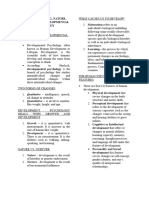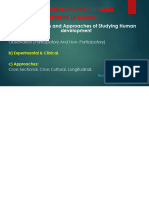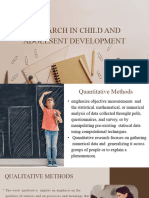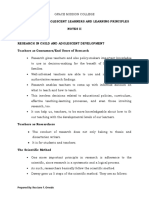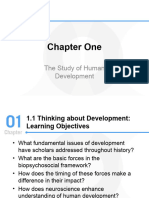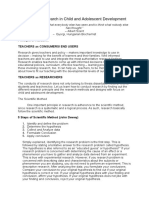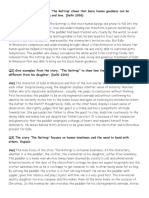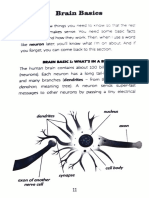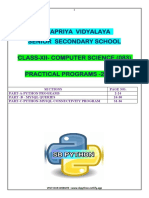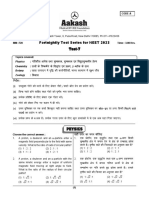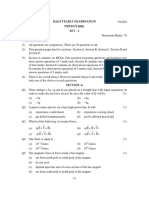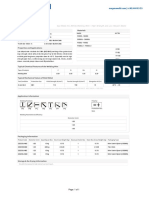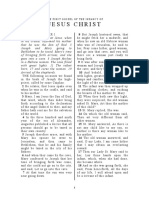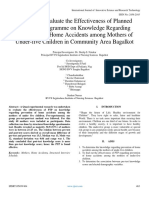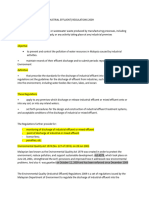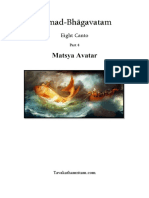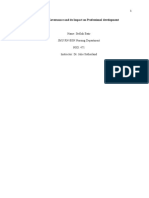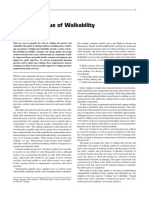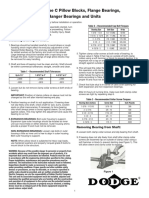0% found this document useful (0 votes)
129 views5 pagesResearch Methods Human Development
This document discusses various research methods in human development, including longitudinal, cross-sectional, sequential, and time-lag methods, highlighting their applications, advantages, and limitations. It emphasizes the importance of these methods for understanding individual differences, guiding interventions, and informing policy-making. The paper also addresses ethical concerns and practical constraints associated with developmental research.
Uploaded by
SaaraCopyright
© © All Rights Reserved
We take content rights seriously. If you suspect this is your content, claim it here.
Available Formats
Download as DOCX, PDF, TXT or read online on Scribd
0% found this document useful (0 votes)
129 views5 pagesResearch Methods Human Development
This document discusses various research methods in human development, including longitudinal, cross-sectional, sequential, and time-lag methods, highlighting their applications, advantages, and limitations. It emphasizes the importance of these methods for understanding individual differences, guiding interventions, and informing policy-making. The paper also addresses ethical concerns and practical constraints associated with developmental research.
Uploaded by
SaaraCopyright
© © All Rights Reserved
We take content rights seriously. If you suspect this is your content, claim it here.
Available Formats
Download as DOCX, PDF, TXT or read online on Scribd
/ 5







